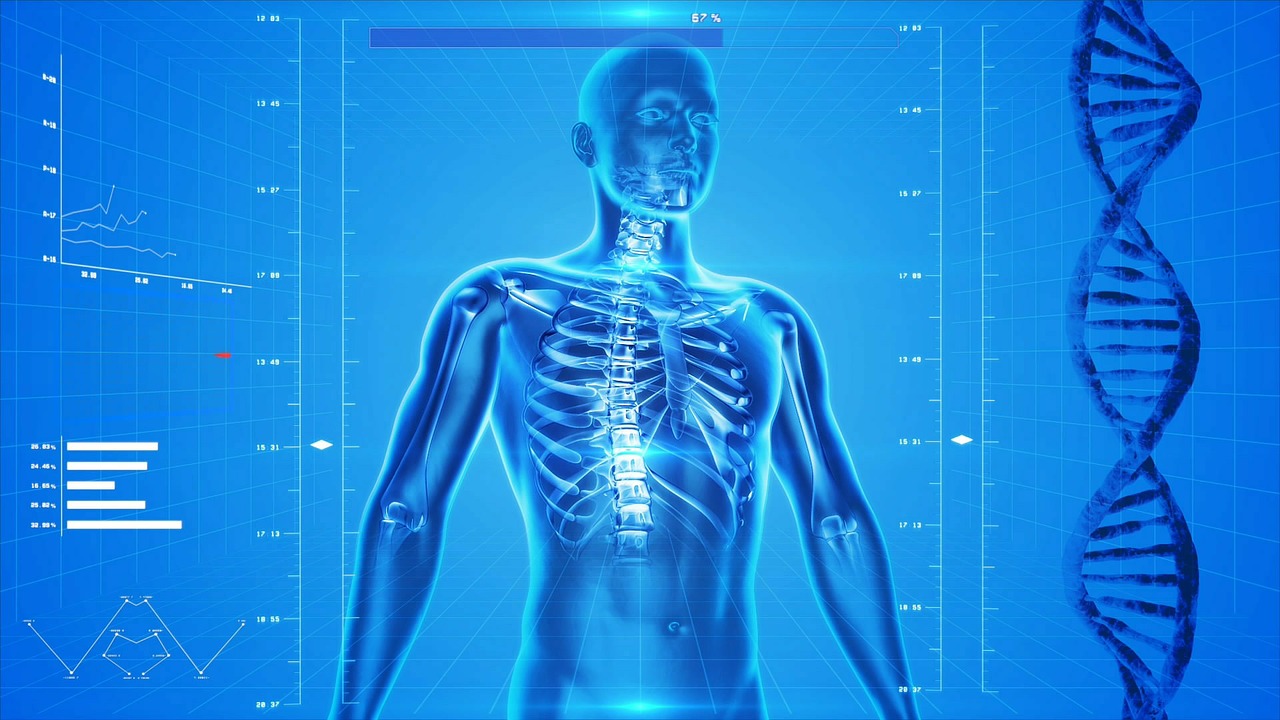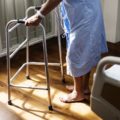Broken Rib
A fractured rib is one of the most common musculoskeletal injuries. It usually occurs from trauma due to a blunt object, for instance in a car accident or a slip and fall. It also occurs due to overexertion, such as when swinging a golf club, or during severe bouts of coughing. Rib fractures have different degrees of severity, ranging from minor trauma such as hairline fractures to serious rib fractures that involve bone tissues with jagged ends. This results in a myriad of complications arising from rib fractures, from moderate discomfort to fatal conditions such as a punctured lung. It’s therefore important to learn how to assess a rib fracture so that you can know if you need further fracture care in Las Vegas.
The Rib Anatomy
The function of the ribs is to protect the internal organs and allow muscles to attach themselves for breathing and movement. It’s pertinent that you understand the basic anatomy of your thorax area so you can better assess yourself. There are twelve sets of ribs, which attach to the twelve thoracic vertebrae of the spine in the back and converge at the front to meet at the sternum or breastbone. There are a few “floating” ribs at the bottom that don’t connect to the breastbone, which serve to protect the kidneys. The topmost ribs are located underneath your collarbones, and the bottom ones are located a few inches above the hip bone. They can be visible under the skin, especially in thinner people. The most commonly injured ribs are the middle ones, which usually break at their weakest area (where the curve is greatest) or at the point of impact.
Pinpointing the Injury
Look and feel around for any swollen deformities around the torso, and where the pain is coming from. If the injury is a small hairline fracture, you won’t see any deformities, but you can pinpoint the injured part by its tenderness. If the injury is more serious, a flail chest may occur. A flail chest occurs when the broken chest wall moves opposite to the rest of the breathing chest, for example, it will be sucked in when the individual inhales. The more serious fractures are very painful, bruise quickly and create more swelling. Unlike healthy ribs, which are springy when you apply pressure on them, broken ribs tend to be unstable and when pressure is applied to them, they can be depressed.
Pain with Deep Breaths
Another common sign of fractured ribs is that pain increases when you take deep breaths. This happens regardless of the severity of the fracture. Even if the stress fracture is small, there will be pain and tenderness with deep breathing. If the fracture is serious, shallow breathing is extremely painful and difficult to attempt. This is why people with significant fractures usually take short, and shallow breaths. This can lead to hyperventilation and a blue discoloration of the skin because of a lack of oxygen.
Reduced Range of Motion
Because of the associated pain and muscle spasms, there will be reduced range of motion in the torso, such as side-to-side rotational movements. People with fractured or broken ribs are very hesitant or unable to laterally flex, bend or twist their upper body. Less serious fractures hamper movement to a lesser degree than if the fracture is extremely serious. Even if the fracture is small, a combination of pain, impaired ability to breathe and tenderness greatly limits an individual’s ability to be active and move around.




